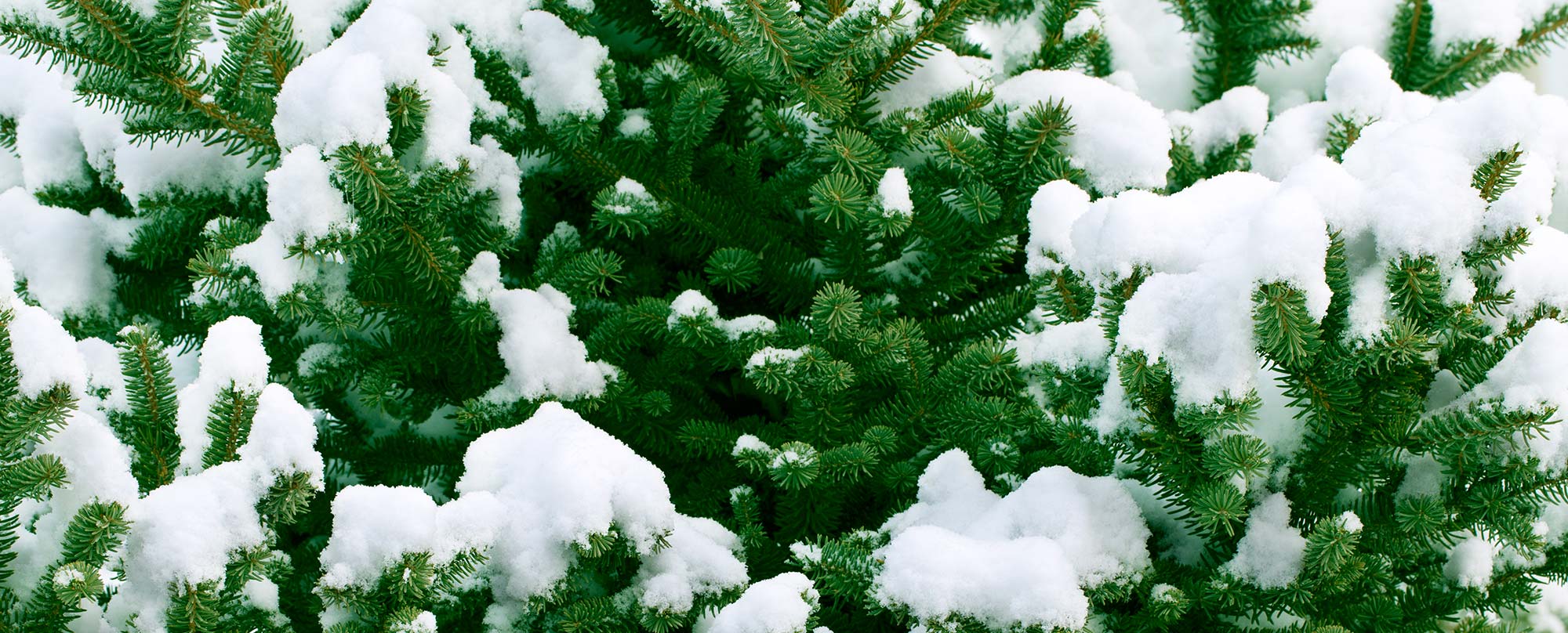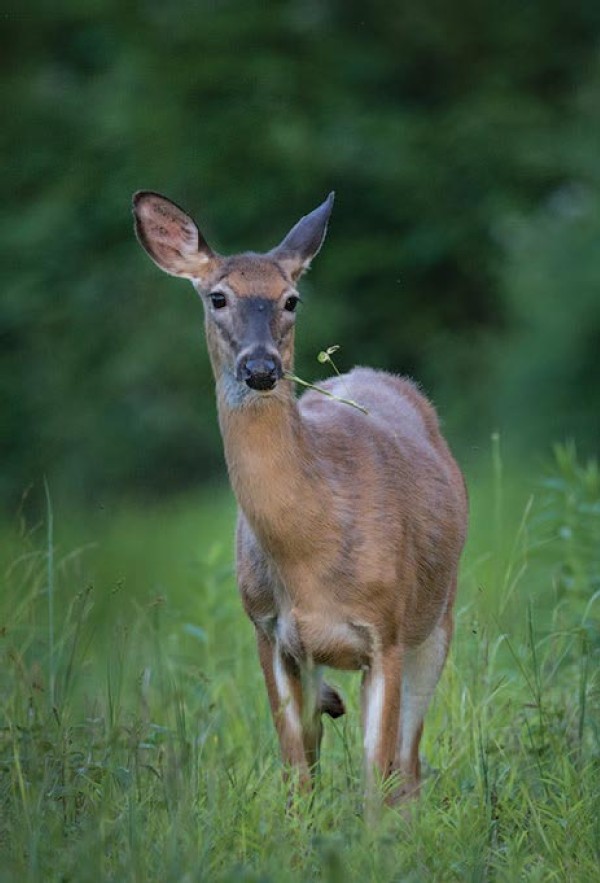I’ve tended to think about deer over-browsing in forests as primarily a tree regeneration problem, because that damage is easy to see. In my own woods, the sad, scraggly remains of hardwood saplings stand along every trail. So when writer John Litvaitis suggested expanding the scope of his article about timber slash walls to include a general exploration of deer impacts on forest vegetation, I was skeptical. I questioned what he could add, that we hadn’t covered in previous issues of the magazine. It turns out there’s a lot more to the topic of deer over-browsing than I anticipated. Here is Litvaitis’s description of two plant inventories that were taken 66 years apart at the same site in the Alleghany National Forest:
In the second, 1995 inventory, more than 80 percent of the species of herbs, wildflowers, and shrubs that were present in the 1929 inventory had disappeared.
Eighty percent?! Now, as I walk through the hay-scented ferns, I sense the ghostly presence of deer-devoured forbs. Litvaitis’s article has also made me reconsider what I thought I knew about the recovery of my woods from 19th-century agriculture. How many native plants endured as seeds under pasture, returned triumphantly as the land changed back into young forest, and then met their doom in a second, cervid wave?
This issue of the magazine includes numerous articles that relate to what we don’t see – what is missing, or hidden, or rarely noticed – and what we glimpse only fleetingly, in a flash of fins or wings. From brook trout to troubled city soils, spider domes to pollen dust on a hummingbird’s head, there’s so much to discover in these pages.
There are also two special features that I want to highlight. On our website, you’ll find a photo essay prepared by biologist Heather Kaarakka, who leads the bat roost monitoring project for the Wisconsin Department of Natural Resources. The photo essay complements this issue’s Forest Insights column by Ethan Tapper, who (with help from Vermont Fish & Wildlife Department small mammals biologist Alyssa Bennett) offers advice on how forest managers can promote summer bat habitat.
Alexandra Kosiba is also back for the second installment of our four-part forest carbon series. In this issue, she focuses on forest soil’s importance as a carbon pool. As Kosiba notes, soil carbon can stay out of the atmosphere for many years, but it’s also easily disturbed. With more than half of forest carbon stored beneath our feet, we should tread lightly.
Finally, I’m delighted to announce plans for an upcoming event, supported by our Irwin Post Speakers’ Fund. Late this summer (date to be determined), the Vermont Woodlands Association will host an all-day event for forest landowners at the Vermont Land Trust’s 362-acre Mud Pond Forest in Greensboro, Vermont. The event will focus on three different forest management topics: climate adaptation, ash management, and bird habitat. Speakers from the Vermont Land Trust and Audubon Vermont are participating. More details, including registration information, will be available by late June on the Vermont Woodlands Association site.


